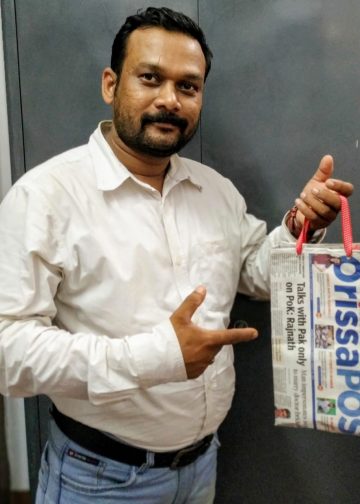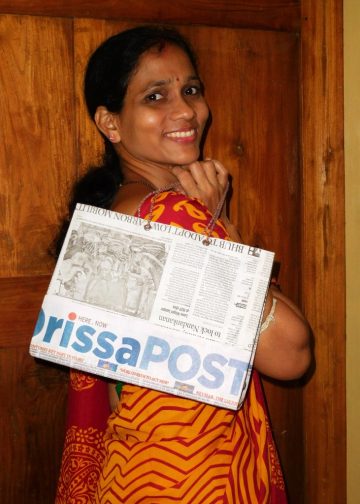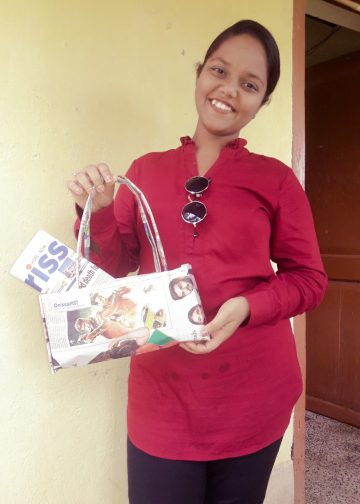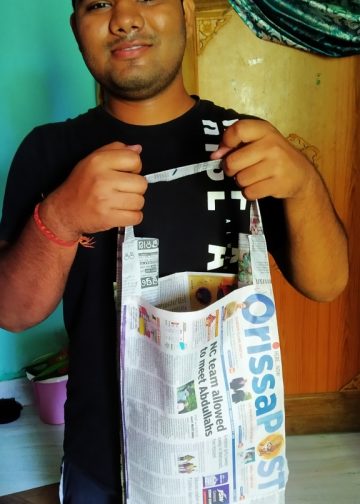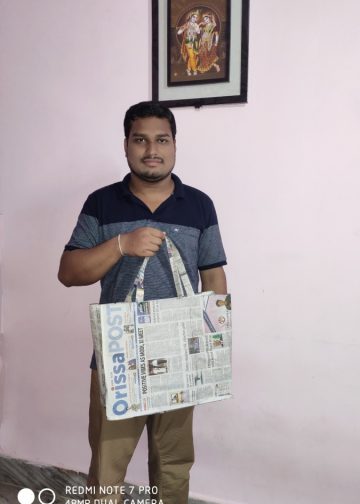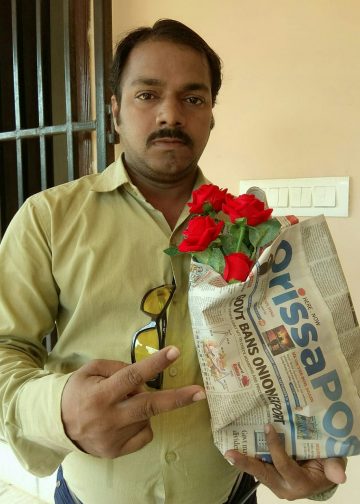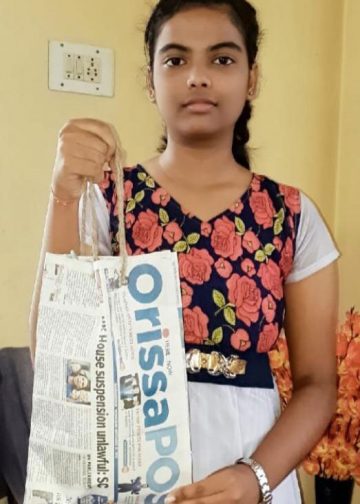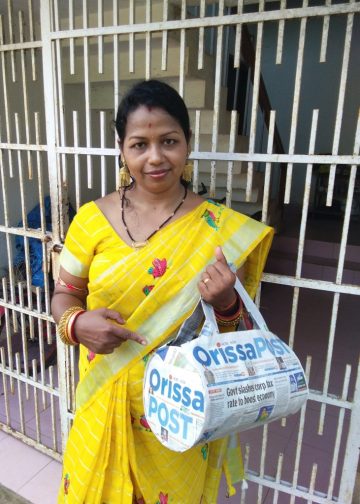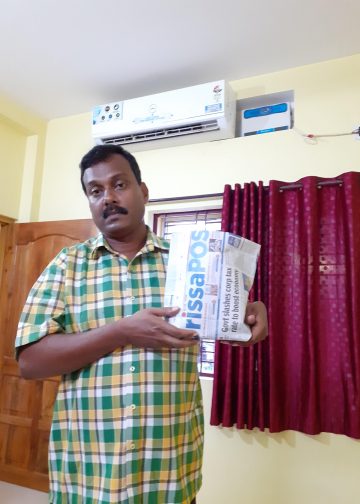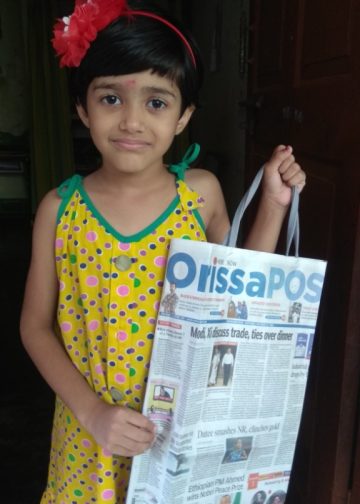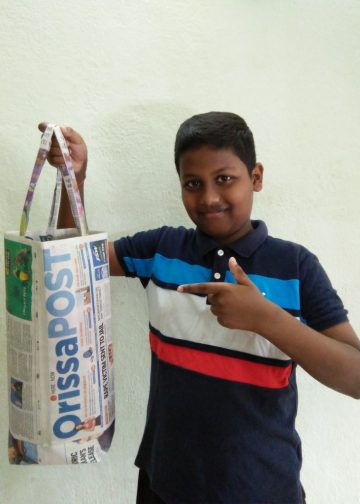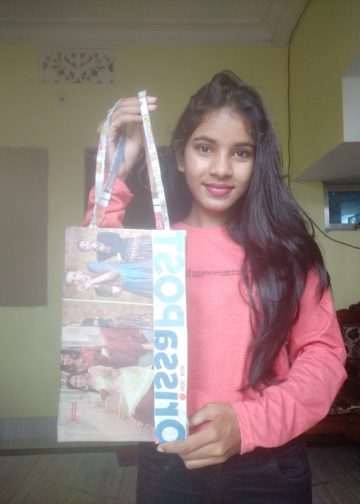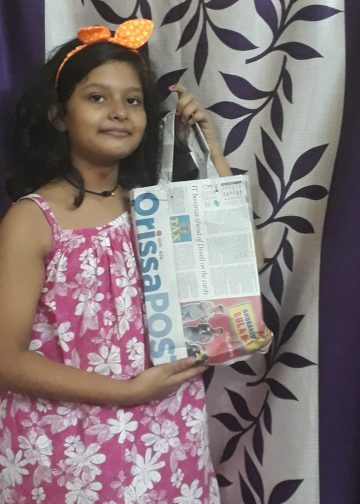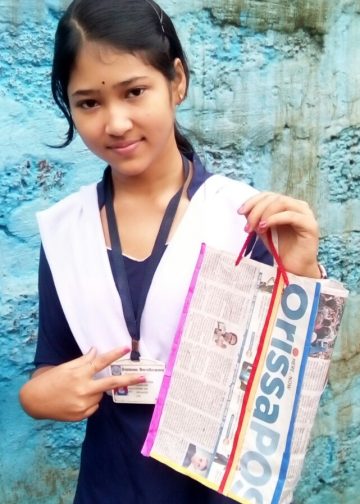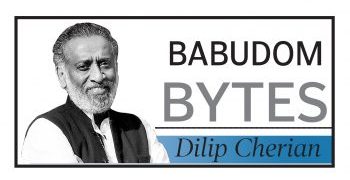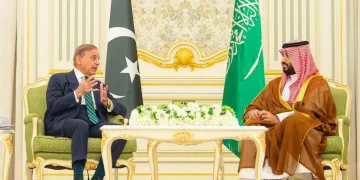HIMANSHU GURU, OP
Cuttack-based Gourav Kumar Roy Choudhury is barely out of his teens, but his musical talent has won him awards galore…
Singer Gourav Kumar Roy Choudhury is just 18, yet he has already bagged prestigious awards like Kalajyoti Sammaan, Kalashree Sammaan and Guru Ravi Jain award. The youngster has performed in Delhi, West Bengal and Orissa and has shared the stage with veterans like Sarika Singh, Amit Sana, and Tilak Chakraborty and many other artistes. The talented singer sat down with Orissa POST for a chat on his musical journey so far.
Cuttack-based Gourav started his musical career at the age of six years at the Dayanidhi Kala Niketan. “Soon I started performing on radio after getting selected as a child artiste for the Sishu Sansar program of All India Radio,” he remembers.
Son of Kananbala and Sujan Kumar Roy Choudhury, Gourav is now 18 and has completed HSC from Matrubhaban and Plus two Science from Stewart Science College. Currently, he is in the second year of BA LLB (Hons) at The Law College, Cuttack. Simultaneously, he is continuing Visharad in classical music. He has also graduated in fine art under the tutelage of Guru Sri Khokan Sarkar. An accomplished tabla and guitar player, Gourav has completed Visharad in tabla and continues to learn tabla from Guru Sri Sukanta Kumar Pradhan and guitar from Guru Sri Bhabatosh Mohanty. Besides, he has also trained under Guru Sri Gopal Panda, Guru Sri Arta Ballav Bhola, Guru Sri Saroj Parida and Guru Sri Sarda Prasanna Sahoo and is continuing his musical training under Guru Pandit A Maheswar Rao.
As a young artiste, Gourav has won awards like the Kalajyoti Sammaan (2010), Kalashree Sammaan (2011) and Guru Ravi Jain award (2017). He also won a scholarship in Hindustani Vocal from the Centre for Cultural Research and Training (CCRT), New Delhi. Besides, he has earned laurels from many organizations at the district, state and national levels. You can hear him on YouTube, where he records and posts his version of old Bollywood songs.
Gourav is trained in the Gwalior gharana (school) of Hindustani classical music. “Bandish (the composition) is the heart of this gharana based on the belief that the full melody of the raga and guidance on its singing is provided by the bandish. The ‘asthayi’ section is sung twice before the ‘antara,’ to be followed by ‘swar-vistar’ in medium tempo. This slow rendition of the notes is called ‘behlava’ and is sung from the note Ma in the lower octave to Pa in the higher octave, following the pattern of the ‘aroha’ (ascent) and ‘avaroha’ (descent) of the raga. The ‘behlava’ is divided into ‘asthayi’ (from Ma to Sa) and ‘antara’ (from Ma, Pa, or Dha to Pa of the higher octave).”
“The Sapat Taan is important in the Gwalior style and refers to the singing of notes in a straight sequence and at a ‘vilambit’ pace. Both Dhrupad and Khayal singing evolved in Gwalior and there is an overlap sometimes between the two styles. In the Khayal style there is one form, Mundi Dhrupad, that incorporates all the features of dhrupad singing but without the ‘mukhda,’” he added.
“Miyan Tansen, Ustad Naththan Pir Bakhsh and his grandsons Haddu, Hassu and Natthu Khan and Ustad Bade Mohammad Khan were among the well-known maestros from the Gwalior gharana,” Gourav said.
The vocalist explains some more about Hindustani classical music. “The word ‘gharana’ comes from the Hindi word ‘ghar.’ It refers to the place where the musical style originated. Of the traditional ten vocal gharanas (or schools), Gwalior gharana is the oldest. The distinguishing feature of this style is its lucidity and simplicity. The listener can often identify the raga easily. While the Khayal singer in other gharanas may include ‘Raga Vistar’ (melodic expansion) and ‘Alankar’ (melodic ornamentation) to enhance the beauty and meaning of the raga, there is no attempt to include the ‘Tirobhava’ (using melodic phrases to obscure the identity of the raga) feature in the interest of adding interest or mystery to the listener’s experience.”
“The ‘bol-alaap’ is next in which the different words of the text are sung in different ways, to be followed by ‘murkis’ in which notes are sung with ornamentation to a faster pace. ‘Bol-taan’ entails the formation of melodic sequences with the words of the song. The other ‘taans,’ including the ‘gamak’ follow,” he adds.
As a classical singer, Gourav says he has learnt the presentation of ragas such as Yaman, Bhairav, BrindabaniSarang, Bhairavi, Durga, Bagesri, AhirBhairav, Kedar, Bhopali, GorakhKalyan, Bihag, Todi, Malhar, Deshand many others. He adds, “I love to sing romantic and sad melodies. But sometimes, I am also requested to perform Sufi, rap and fast songs.”
Gourav feels honoured to have shared the stage with veteran singers. “I felt blessed to perform with Sarika didi (Singh). She has a powerful and magnetic voice like Lataji,” he says.
“My inspiration is my parents. I am blessed to have Baba and Maa in my life. They support me in every way to be a singer,” says Gourav, who is the first generation singer of the family.
Among Gourav’s favourite singers are Kishore Kumar, Manna Dey and Lata Mangeshkar. He also likes Ankit Tiwari, Arijit Singh and Shreya Ghoshal from the younger generation.
His aim: “To be a good human being in the true sense.”







